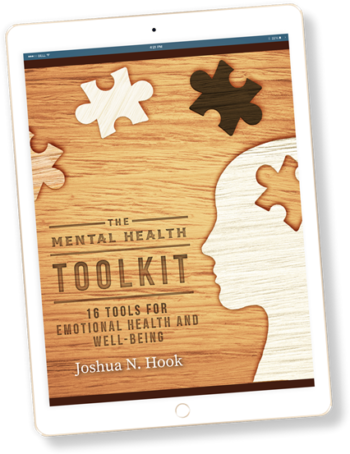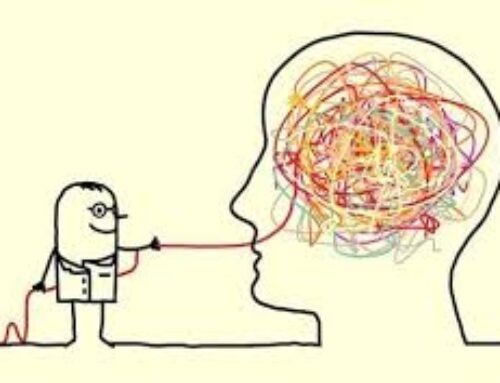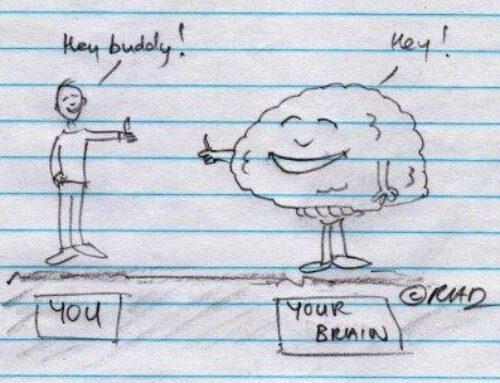How to Notice and Name Our Stories
September 14, 2020
Categories: Thoughts
Our minds are often running on overdrive, even if we aren’t aware of it. After reading this paragraph, I’d like you to stop and do a quick exercise. For one minute, close your eyes and just notice the thoughts that are running through your head. What comes up for you? What stories or judgments are present? Don’t feel like you need to do anything with your thoughts—just notice them.
Thinking Happens Automatically
Thinking happens more or less automatically. The ability to think is essential to our lives—we couldn’t plan our day or solve problems without it. However, a lot of times our thinking is not very helpful for us. We might keep replaying something from the past, feeling regret about what we did. Or, we might worry constantly about the future and what might happen.
Fusion
The most difficult thing about our thoughts isn’t the thoughts themselves. Thinking is inevitable—it’s part of being a human being. The tough thing happens when we fuse with our thoughts. Fusion is a term from Acceptance and Commitment Therapy, and it occurs when we allow our thoughts to control our actions and behaviors. For example, we might experience anxiety about relationships, and this anxiety causes us to stay out of relationships. Or we might feel regret about our past, and this regret causes us to drink heavily to forget the past.
Defusion
The alternative is to defuse from our thoughts. We still have the thoughts—we might still experience anxiety or regret—but we see our thoughts as “just thoughts.” Basically, thoughts are just stories—words or pictures that our mind is making up. Just because we have a thought, it doesn’t mean we have to do something, especially if it isn’t in our best interests.
2 Steps to Notice and Name Our Stories
One helpful way to defuse from our thoughts is to notice and name our stories. By becoming aware of our thoughts, it helps us to take a step back from them, rather than merging with them. Here’s how to do it:
Step 1: Notice
The first step is to notice your thoughts. This is what you did in the exercise at the beginning of this blog post. You deliberately take a step back and observe your thinking. Sometimes this is difficult to do—as we go about our day, we have a tendency to get lost in our thoughts, which promotes fusion. Sometimes it is helpful to do something to remind yourself to notice—maybe set an alarm on your phone to go off occasionally as a reminder, or do something physical as a prompt (e.g., wear a bracelet, or put your wedding ring on a different finger).
Step 2: Name
When you notice a thought, the second step is to name the thought. Feel free to be as creative as you want here. For example, I was waking up this morning and started to worry about Jenn’s health in the future. I noticed the thought and named it: Oh, that’s the “worrying about health” story again. Another time, I noticed myself feeling regret about something I had done in the past: Oh, that’s the “feeling bad about the past” story again.
Action Step
A few times throughout your day, try to press the pause button and notice what thoughts are happening for you. Then, try to give a name to your story. See if this process enables you to take a step back from your thoughts and not get so caught up in them. Remember, the goal isn’t to get rid of your thoughts or change your thoughts. The goal is to not get so caught up in your thoughts. Thoughts will come and go, but they don’t need to control us.

Related Thoughts

Subscribe To My Newsletter
Join my mailing list to receive the latest blog posts.
Receive my e-book “The Mental Health Toolkit” for free when you subscribe.





